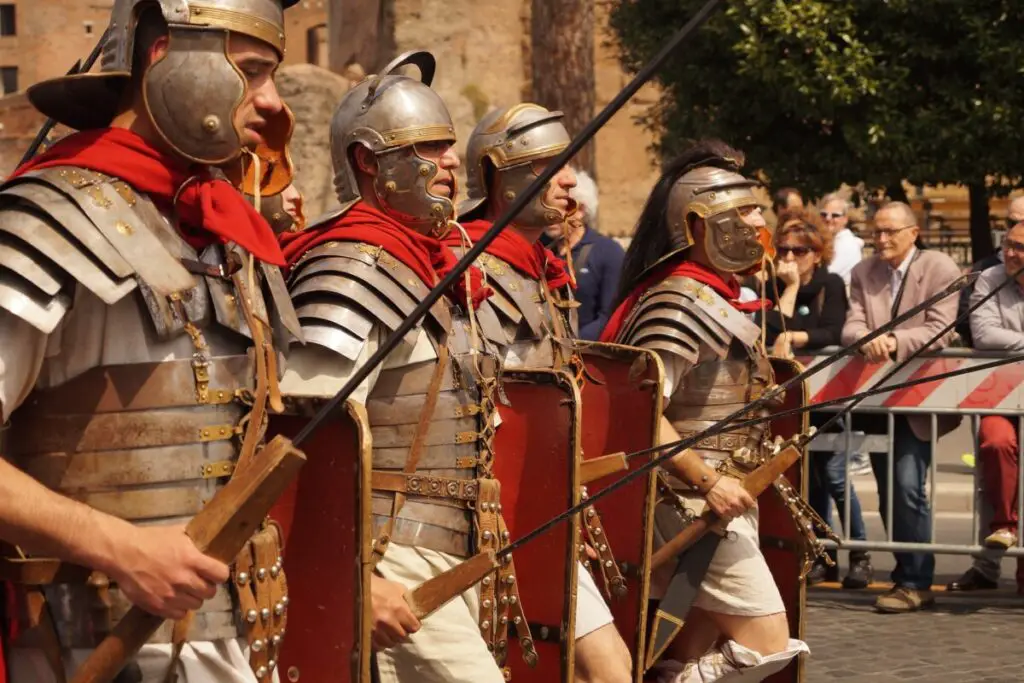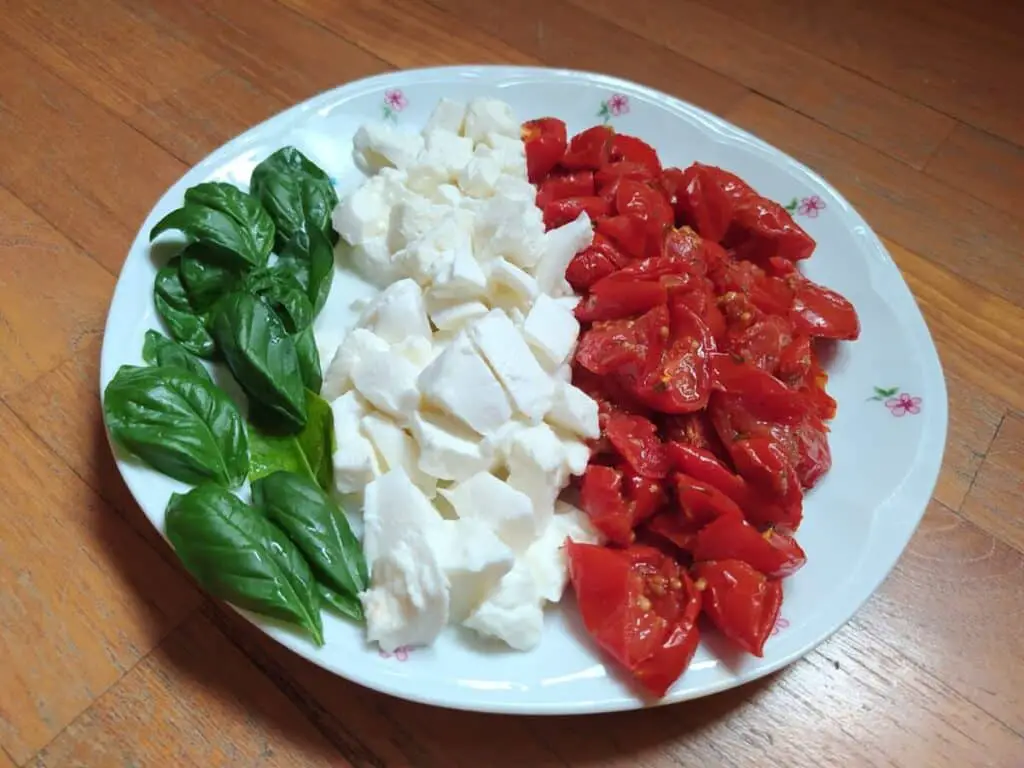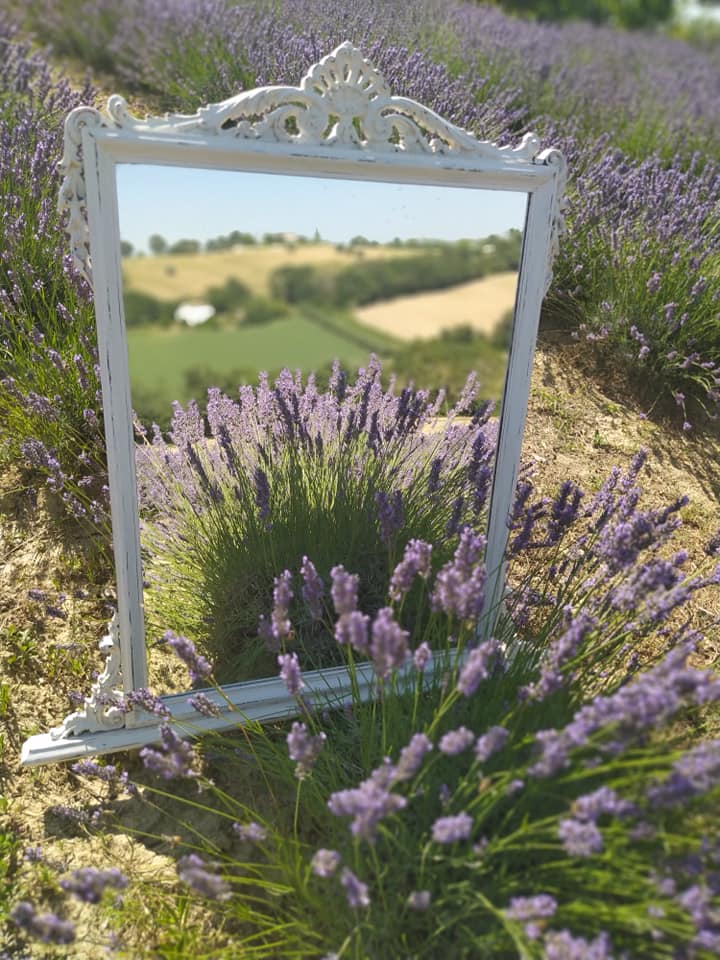Italian offers a wide range of adjectives to describe animals, including their looks, body parts, state of health and character. To be able to describe animals in Italian you need to know not only the adjectives but also how to use them within a sentence. The most common form to describe an animal in Italian is to use he/ she is… followed by the relevant adjective.
Italian adjectives need to agree in gender and number with the noun to which they refer, so when talking about a male, it’s most likely that the adjective will end in -o, for a male singular and -i for a male plural. If talking about a female, it’s most likely that the adjective will end in -a, for a female singular and -e for a female plural.
Keep reading if you wish to find out more about how to describe an animal in Italian, as well as a full description of an animal at the end of this article.
Italian adjectives for an animal’s general physical looks
If you are describing your pet or someone else’s pet, it’s likely that you will start by saying what their name is.
Even if this is not an adjective in Italian, it is a fundamental part of describing an animal. You can say what an animal’s name is by using si chiama followed by the name of the animal. For example:
Il mio cane si chiama Apollo
My dog is called Apollo
Here is how you can describe an animal’s physical looks:
- È bello (he’s beautiful)
- È carino (he’s pretty/ cute)
- È bellissimo (he’s very beautiful)
- È stupendo (he’s gorgeous)
- È randagio (he’s a stray)
- È domestico (he’s domestic)
- È sporco (he’s dirty)
- È pulito (he’s clean)

Describing an animal’s body parts in Italian
The most common way to go into detail about an animal’s body parts in Italian is by using the formula:
Ha + body part + adjective (for example “ha la coda lunga”)
This translates literally into English as “he has the tail long”.
You can also use the formula body part + è + adjective (for example “la sua coda è lunga”), which translates into English as “his tail is long”, but this is the least preferred formula in Italian.
Here is how you can describe an animal’s body parts:
- Ha il muso… (his face is…)
Il mio cane ha il muso allungato (my dog has a long face)
- Ha i baffi…(his wiskers are…)
Il mio gatto ha i baffi bianchi (my cat has white wiskers)
- Ha il pelo… (his fur/coat is) lungo (long), corto (short), riccio (curly), folto (thick), morbido (soft), lucido (shiny), intrecciato (knotted), ispido (dry/ brittle)
I miei gatti hanno il pelo lungo (my cats have long hair)
- Ha le zampe…(his paws are…)
La mia gatta ha le zampe bianche (my -female- cat has white paws)
- Ha le ali…(his wings are…)
Il nostro pappagallo ha le ali colorate (our parrot has coloured wings)
- Ha la coda…(his tail is…)
Il mio gatto ha la coda folta (my cat has a thick tail)
How to describe an animal’s gender in Italian
To describe an animal’s gender, you can use the formula è + gender
For example:
- È maschio (he is male)
- È femmina (she is female)
How to describe an animal’s size in Italian
To describe an animal’s size in Italian, you can use the formula è + size adjective
For example:
- È piccolo (he is small)
- È grande (he is big)
- È di taglia media (he’s medium sized)
- È pesante (he’s heavy)
- È leggero (he’s light)
- È forte (he’s strong)
- È grasso (he’s fat)
- È magro (he’s thin)
- È sovrappeso (he’s overweight)
- È sottopeso (he’s underweight)
How to describe an animal’s breed in Italian
To describe an animal’s breed in Italian, you can use the formula è + breed:
- È di razza (he’s purebred)
- Ha il pedigree (he has a pedigree)
- È un + breed (he’s a…)
Il mio cane è un barboncino
My dog is a poodle
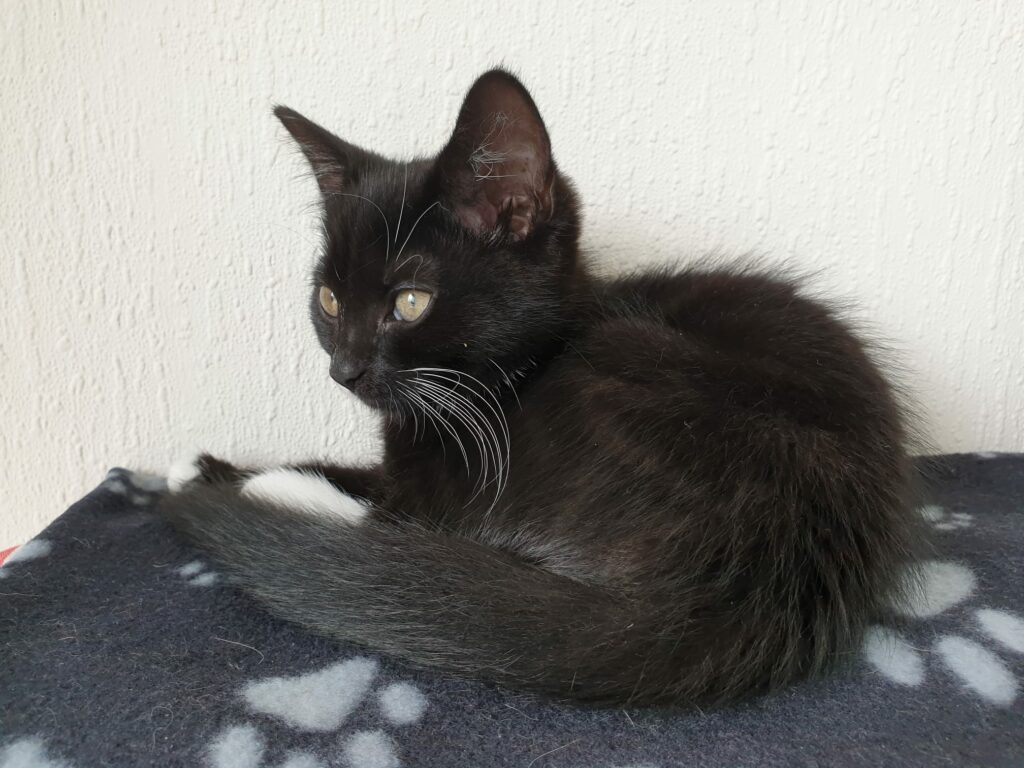
Different colours for animals in Italian
To describe an animal’s colour in Italian, you can use the formula è + colour/ pattern adjective:
- È macchiato (he’s spotted)
- È marrone (he’s brown)
- È bianco (he’s white)
- È nero (he’s black)
- È rosso (he’s ginger)
- È grigio (he’s grey)
How to describe an animal’s physical health in Italian
To describe an animal’s health in Italian, you can use the formula è + adjective:
- È tatuato (he’s tattoed)
- Ha il microchip (he has a microchip)
- È sverminato (he’s wormed)
- È sterilizzato/a (he’s neutered)
- È vaccinato (he’s vaccinated)
- È vaccinato contro la rabbia, il cimurro (he’s vaccinated against rabies, distemper)
- È malato (he’s ill/ sick)
- È sano (he’s healthy)
How to describe an animal’s character in Italian
To describe an animal’s character in Italian, you can use the formula è + adjective:
- Affettuoso (he’s affectionate)
- Rumoroso (he’s noisy)
- Timido (he’s shy)
- Veloce (he’s fast)
- Lento (he’s slow)
- Tranquillo (he’s calm)
- Pigro (he’s lazy)
- Vivace (he’s lively)
- Allegro (he’s cheerful)
- Aggressivo (he’s aggressive)
- Coraggioso (he’s brave)
- Pauroso (he’s fearful)
- Timoroso (he’s fearful/ cautious)
- Riservato (he’s reserved)
- Scostante (he’s distant)
- Ingordo (he’s greedy)
- Attivo (he’s active)
- Intelligente (he’s intelligent)
- Addomesticato (he’s domesticated)
- Socevole (he’s sociable)
- Fastidioso (he’s annoying)
How do you say different animals in Italian?
Below is a useful list of the most common pets in Italian:
- Il cane (the dog)
- Il gatto (the cat)
- Il coniglio (the bunny/ rabbit)
- Il criceto (the hamster)
- Il pesce (the fish)
- Il topo (the mouse/ rat)
- La tartaruga (the turtle)
- Il serpente (the snake)
- Il ragno (the spider)
- L’ iguana (the iguana)
- Il cavallo (the horse)
- Il canarino (the canary)
- Il pappagallo (the parrot)
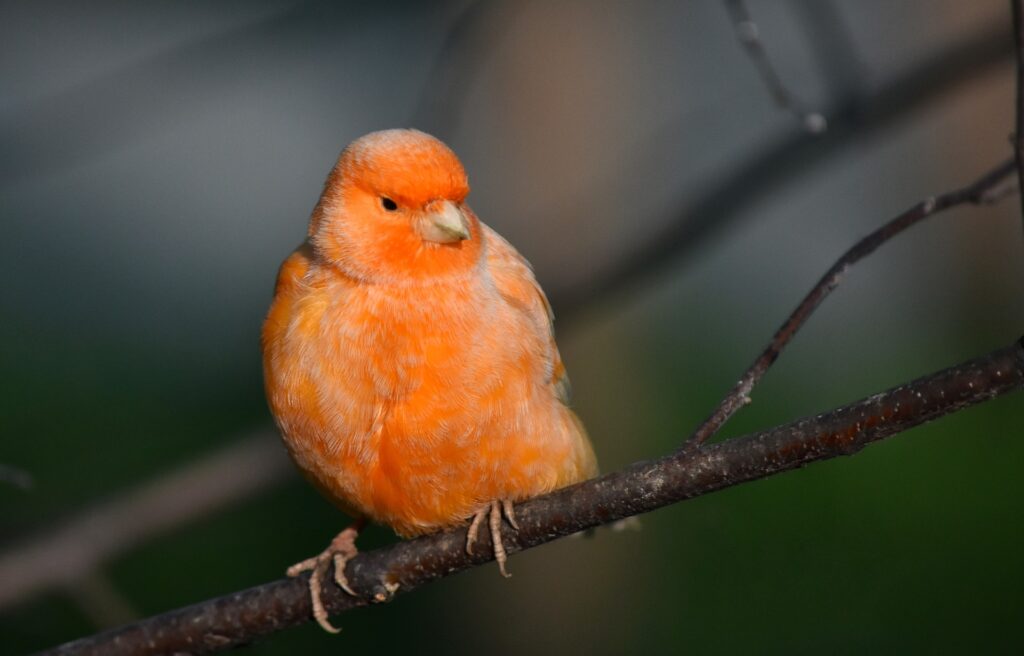
A complete description of an animal in Italian
We have put together a complete description of an animal in Italian, with all the adjectives in bold. This might be a useful starting point to help you practise describing animals in Italian:
La mia gatta è una gatta domestica con il pelo corto, bianco e nero. Lei è di taglia piccola ed è molto carina. Non è una gatta di razza. Lei ha il microchip, è vaccinata e sterilizzata. È affettuosa e vivace ma timida e riservata con gli estranei.
My cat is a domestic cat with black and white short hair. She is small in size and very cute. She is not a purebred cat. She is microchipped, is vaccinated and spayed. She is affectionate and lively but is shy and reserved with strangers.


